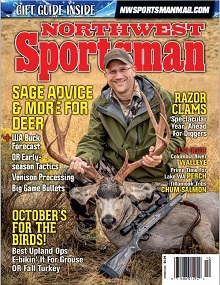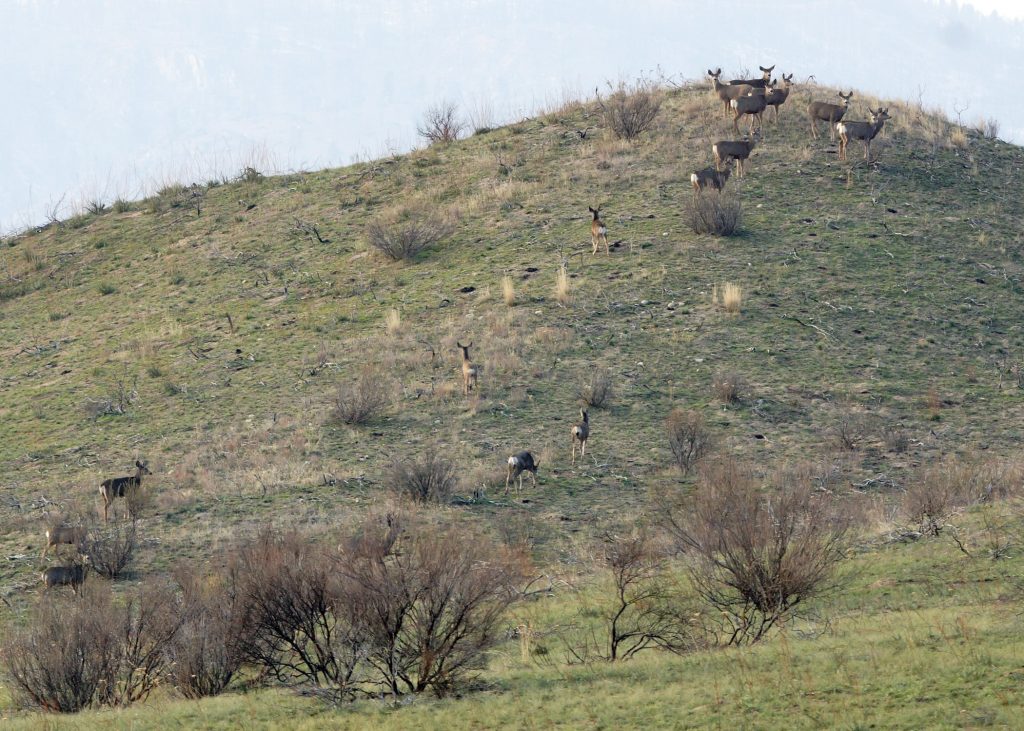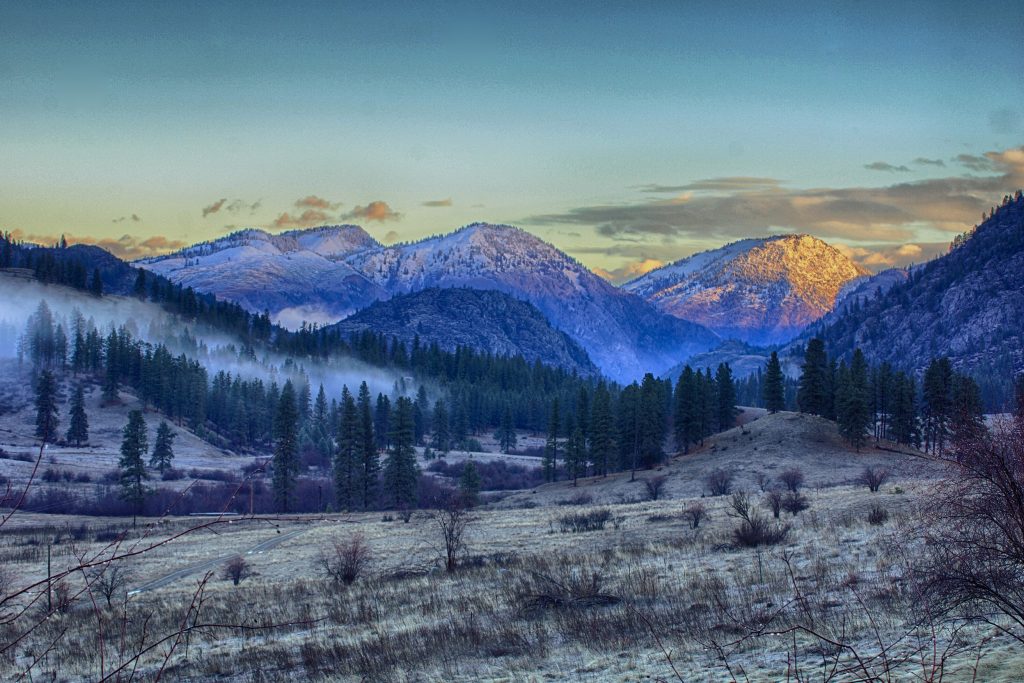
Podcast Series Dives Deep Into PNW Mule Deer Issues
The October issue of Northwest Sportsman is dedicated in no small part to helping you bag your buck, especially mule deer.
Longtime muley chasers Jason Brooks and Dave Anderson share their top tips and tactics for hunting the sage and public lands, I round up Eastside wildlife biologists’ forecasts, Dave Workman talks handloads for open-country bucks and Chef Randy King gets out his knives and cutting boards to illustrate home-processing and freezing the kill.

We also talk blacktails and whitetails, of course, and overall it’s a pretty strong lineup, one I’m especially proud of, as the tenth issue of the year is one I consider to be among the most important.
But it also has a big hole: I should have had a piece on the A1 critical key factor determining said deer populations.
Habitat.
Since we’re highly unlikely to have hatchery bucks anytime soon, it more than anything else determines how many deer are available on the landscape for hunters each fall.

Yes, weather and disease play big roles too, as recent winters and droughts have hit muley and whitetail herds hard, especially fawns, in far Eastern Washington – even the Westside with depressed blacktail harvests following 2016-17’s tougher winter.
And no doubt that predation can have strong localized impacts. I’m not looking forward to the days hungry wolves and starving deer and/or elk herds are concentrated together on deep, snowy range for an extended period of time.

But it all begins with healthy habitat, which begets healthier does that beget healthier fawns that have better odds of surviving that critical first winter and running the hell away from predators, over time begetting more deer on the landscape and more available for harvest.
Now, I consider myself to be a student of mule deer, not only in terms of trying to become a better hunter of them – I’m hoping to graduate from grade school this fall! – but also learning what is needed to ensure that they’re around to chase forever.
I thought I knew much of what there was to know, but a recent podcast series was pretty damned ear- and eye-opening.
Over four hour-long-or-so episodes, ODFW’s Beaver State Podcast looked at how the species evolved; forage, predation and climate; a major effort with 500-plus collared mule deer to study their migrations and use of summer and winter range; and the management and future of Oregon’s herds.
Mule deer are definitely worth that deep of a dive because the iconic species is in a slow, long-term decline not only in Oregon but across the West. While there are population spikes, those and the dips are trending downward across time.
You know me, I could get up here on my soap box and preach about habitat, sermonize about habitat, evangelize about habitat, prophecy about habitat, minister about habitat, pontificate about habitat, and that’s what the initial version of this blog tried to do.
But maybe it’s better if, as you’re driving to deer camp for Oregon’s opener or prepping for Washington’s mid-October start, you gave the series a listen for yourself instead of reading my slanted regurgitation of it.
I promise it will give you a lot to mull, as will I suspect upcoming results from WDFW’s and UW’s predator-prey research in some of the Evergreen State’s best muley landscapes.
There aren’t easy answers to bringing the herds back up, but educating ourselves about the challenges they face and how to address those needs is a good starting point.

